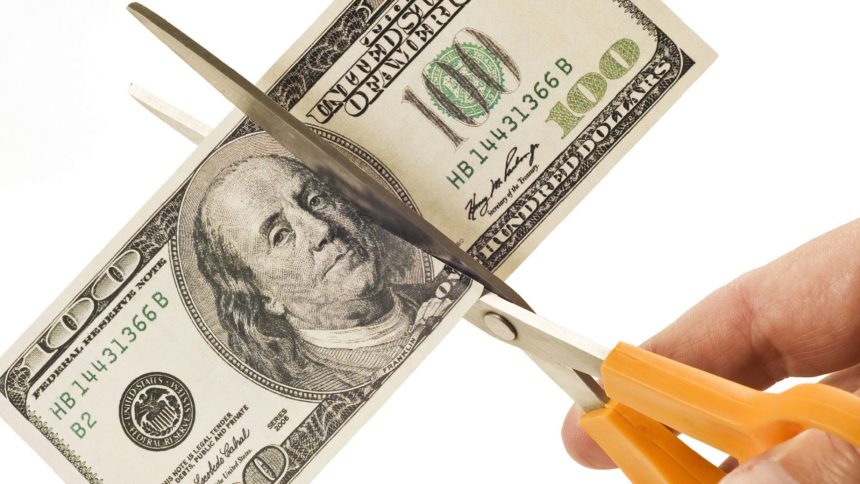

The inflation rate is higher than it’s been in almost 40 years, and the consumer price index increased 1.2% in March on a seasonally adjusted basis after rising 0.8% in February, the Bureau of Labor Statistics reported Tuesday. That places inflation at 8.5%.
CPI numbers have been increasing, National Investment Center for Seniors Housing & Care Chief Economist Beth Burnham Mace told the McKnight’s Business Daily, because prices were being compared with those in 2020, when prices were low due to the pandemic.
“Up until March 2022, numbers have been compared with those in 2021. Going forward, the year-over-year comparisons will be against higher prices from a year ago, so there theoretically should be less room for large year-over-year increases,” Mace said.
Energy prices are up, food prices are up and transportation costs are up. So, too, are interest rates. The index for all items minus food and energy rose 0.3% in March following a 0.5% increase in the prior month.
“The shelter index was by far the biggest factor in the increase, with a broad set of other indexes also contributing, including those for airline fares, household furnishings and operations, medical care, and motor vehicle insurance,” BLS reported.
Occupancy in senior living communities in the first quarter increased for the third quarter in a row, according to NIC MAP data released earlier in the month related to the 31 primary markets that NIC MAP follows. The current economy, however, Mace said, might cause some older adults to remain in their own homes for now, which could affect senior living occupancy. Assisted living, she added, would be the least likely sector to be affected, Mace said, because it is needs driven.
The Federal Reserve is expected to raise interest rates aggressively in the next couple of months, with back-to-back half-point interest rate hikes in May and June to slow the inflation rate and stave off a recession, Mace said. According to economists polled by Reuters, the probability of a recession next year is 40%.
This might sound like a bad time to invest, given high interest rates, “but it may accelerate activity to lock in lower rates,” she said.


